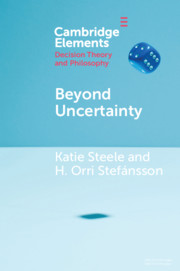Objectives: Anosognosia for motor impairment is a complex syndrome that can manifest itself under different forms, guiding patients’ behavior and task decisions. However, current diagnostic tools tend to evaluate only more explicit aspects of anosognosia (asking the patients about their motor abilities) and fail to address more subtle features of awareness. We have developed a new assessment measure, the ECT (Errand Choice Test), where patients are asked to judge task difficulty rather than estimate their own impairment. Methods: We assessed awareness in a group of 73 unilateral left- and right-brain damaged (30 LBD and 43 RBD, respectively) patients by means of the VATAm, which explicitly requires them to evaluate their own motor abilities, and the ECT. A control group of 65 healthy volunteers was asked to perform the ECT under two conditions: Current condition (i.e., using both hands) and Simulated conditions (i.e., simulating hemiplegia). Results: A total of 27% of the patients showed different performance on the VATAm and ECT, 21% of the patients showing lack of awareness only on VATAm and 6% only on ECT. Moreover, despite the ECT identified a higher frequency of anosognosia after RBD (33.3%) than LBD (27.6%), this hemispheric asymmetry was not significant. Remarkably, anosognosic patients performed very similarly to controls in the “current condition”, suggesting that anosognosic patients’ ability to perceive the complexity of each task per se is not altered. Conclusion: Different methods may be able to tackle different aspects of awareness and the ECT proved to be able to detect less evident forms of awareness. (JINS, 2018, 24, 45–56)


